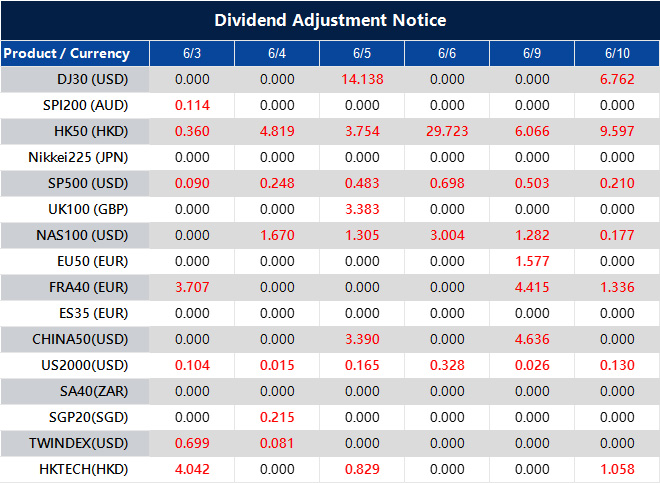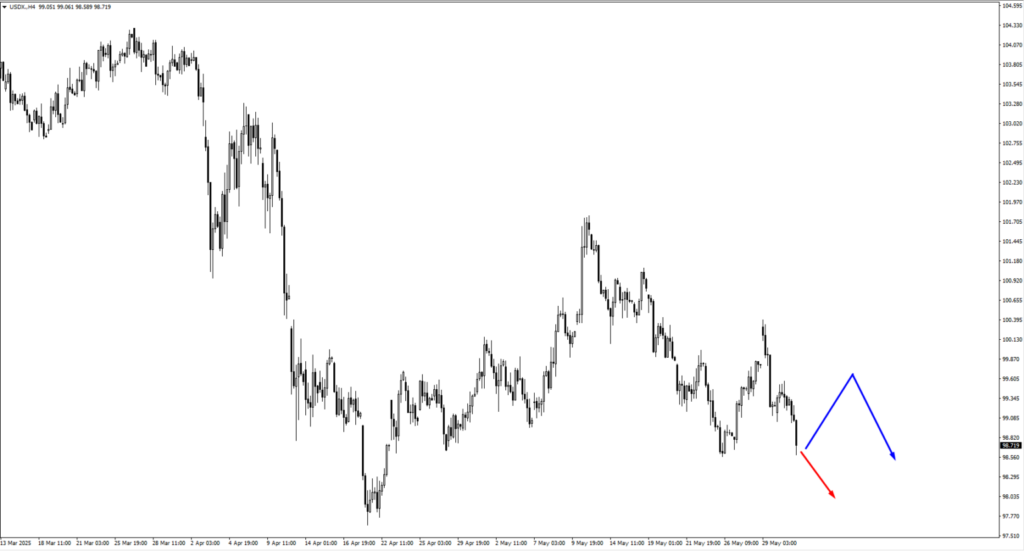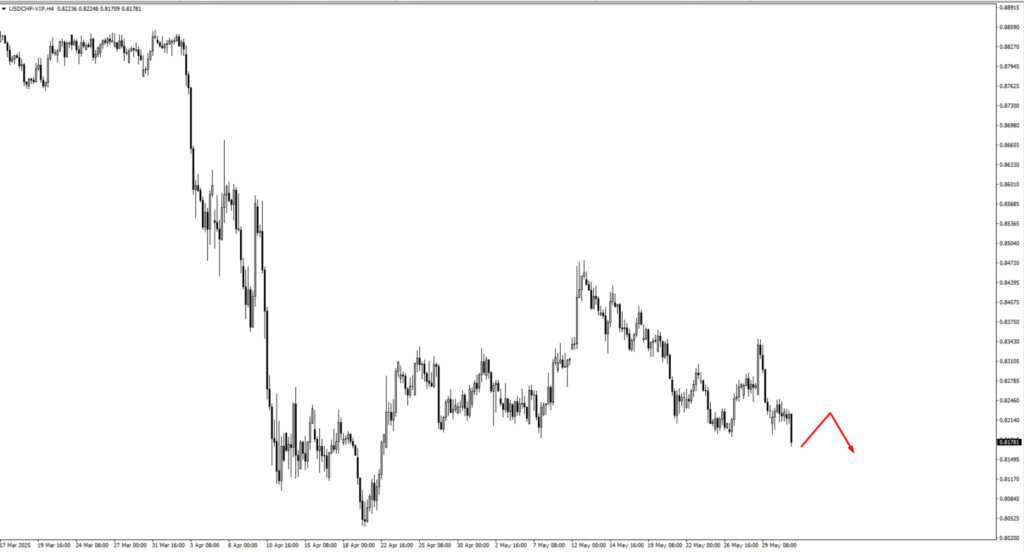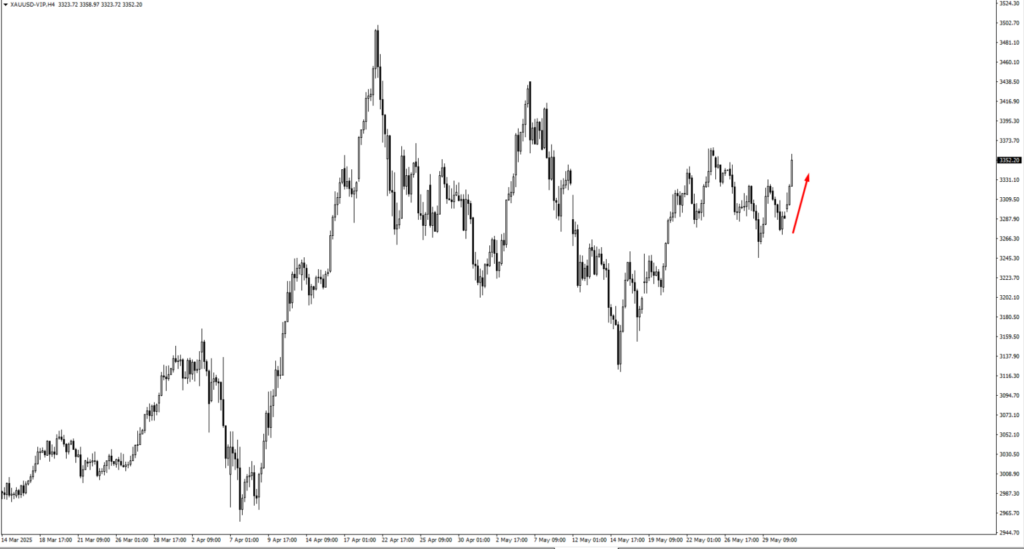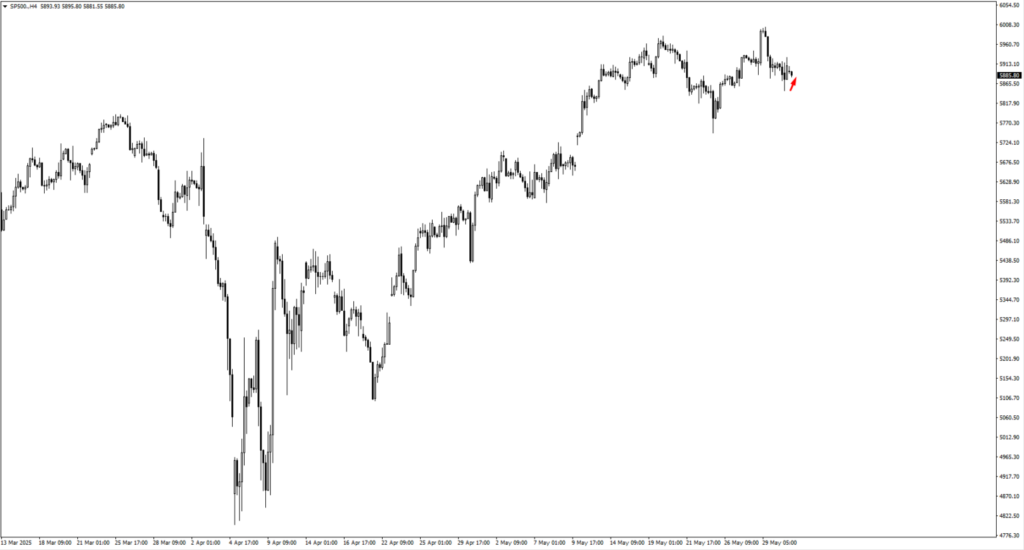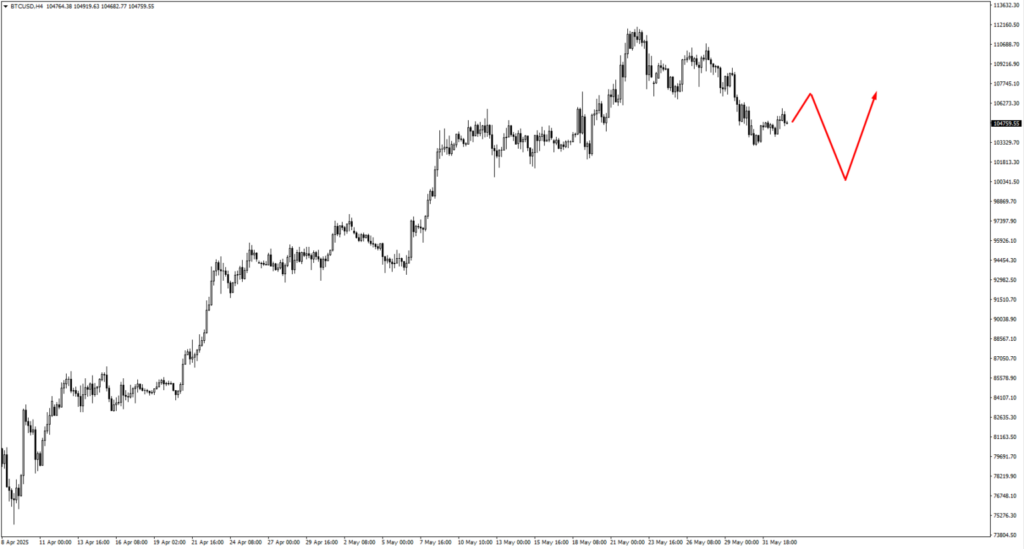While there are no shots fired, the US-China economic conflict continues to simmer. The latest flare-up in trade tensions, centred around technology restrictions and strategic materials, is once again rattling global markets.
Investors are keeping a close watch as the United States and China re-enter a phase of economic brinkmanship. This latest chapter focuses on crucial sectors such as semiconductors, metals like steel and aluminium, and the geopolitically sensitive realm of rare earth elements. Unlike previous iterations, however, this round is marked by a sharper tone: an election cycle in the US, a more assertive Beijing, and mounting global inflation that raises the stakes on every policy shift.
The latest policy moves have been calculated. Washington has tightened restrictions on the export of advanced AI chips, further limiting China’s access to top-tier tech. Beijing, unsurprisingly, has hit back, labelling these restrictions as discriminatory and rallying support through the WTO framework. The situation escalated further when President Trump announced a substantial tariff hike, doubling levies on global steel and aluminium imports to 50%, with China clearly targeted. He cited violations of international trade agreements, an accusation China has rejected but not yet diffused diplomatically.
Uncertainty tends to unsettle markets, and this resurgence of tension is prompting traders to search for historical parallels. Are we revisiting the volatility of 2019? There are similarities, but also important differences. Back then, fears were eventually calmed by the so-called ‘Phase One’ deal, which allowed both sides to claim partial victory without major concessions. Today, political incentives have shifted. Trump’s combative stance appeals to his base, while China appears more determined than ever to press on with domestic self-reliance, particularly in chips and energy.
Despite the tough rhetoric, both sides recognise the dangers of a full-blown decoupling. US automakers could be severely impacted by rare earth tariffs, and restrictions on AI chip exports might cost firms like Nvidia billions. China, though advancing fast, still depends heavily on imported high-performance technology to sustain its AI growth. Disruption seems inevitable, but neither party is yet ready to embrace mutual economic damage.
Market Movements This Week
Volatility is likely to persist in the short term, especially across commodities, technology shares, and traditional safe havens such as gold. Risk appetite may be curbed as investors reassess the likelihood of extended uncertainty.
The US Dollar Index (USDX) continues its drift lower, testing the 99.80 region before fading slightly. If the price consolidates at this level again, traders should monitor for bearish setups targeting the next leg down toward 99.15. A breach below 98.80, followed by structure around 98.00, could pave the way for a new yearly low. However, any hawkish shift in Powell’s upcoming remarks could stall this bearish pressure temporarily.
Meanwhile, the euro rebounded cleanly from the 1.1390 level last week. If EUR/USD holds above 1.1360, fresh upside could unfold. Markets are awaiting Thursday’s ECB decision, where a rate cut to 2.15% from 2.40% is expected. However, a cautious stance from the ECB may limit gains, regardless of technical momentum.
Sterling has also pushed higher, climbing past 1.3500. Should GBP/USD stabilise around 1.3485 again, further gains toward 1.3600 may follow. However, inflation concerns in the UK could complicate the outlook, especially with CPI data due.
The USD/JPY pair reversed lower, hovering near 142.60. If consolidation forms near this support, watch for further downside towards 141.00. Bearish setups gain traction, especially if BOJ Governor Ueda signals further hawkishness in his Tuesday remarks. Upside resistance now stands near 143.85.
USD/CHF remains soft. A minor retracement might retest the 0.8220 zone, which is now a key level for bearish re-entry. With risk sentiment shifting rapidly, the franc’s safe-haven status could gain appeal if trade disputes deepen.
The Australian dollar bounced following a test of recent lows. If AUD/USD stabilises around 0.6455, a move towards 0.6530 could materialise. Even a retreat to 0.6370 may offer a fresh buying opportunity, with GDP data due midweek forecast to slow to 0.40% q/q from 0.60%.
NZD/USD mimicked the Aussie’s path, trading higher. If price stalls near 0.6000, bullish setups can resume; otherwise, 0.5970 acts as deeper support. Kiwi traders will track China’s next move closely, given trade interdependencies.
USD/CAD dropped further with limited retracement, indicating strong loonie strength, likely supported by oil prices. If the pair consolidates near 1.3780, bears could target 1.3660 next. Canada’s own rate decision on Wednesday, forecasted at 2.50% (down from 2.75%), could halt this move if the central bank softens its tone.
Gold soared above $3325.45 before easing slightly. If price holds near $3310, a continuation toward $3365.74 is likely. Ongoing geopolitical uncertainty and weaker US data are keeping the metal firmly on investors’ radar as a hedge.
WTI Crude (USOIL) is moving in a broader consolidation pattern. If price breaks $63.327, traders should be alert for a drop before a volatile upswing. Energy markets are particularly exposed to trade disruptions and would react strongly to any real sanction developments.
S&P 500 (SP500) bounced from the 5850 level. If the index breaks 5928.30, it could unlock bullish extension toward 5980. If it loses steam and posts a swing low, expect a retest of 5685. Investors are watching Powell closely—hawkish surprises could undercut current momentum.
Bitcoin is consolidating near key levels. A rejection around 107490 could lead to a fall toward 99660 or even 97300. The broader crypto space remains vulnerable to macroeconomic surprises and shifting liquidity conditions.
Silver (XAG/USD) rebounded after testing support. If price stalls again near 33.05, bulls may step back in. A pullback to 32.25 offers another buying zone. A confirmed break above 33.683 would likely trigger tests of 33.80, a key structural pivot.
Ethereum (ETHUSD) traded lower, and if the price drops to 2415 or 2215, those levels may trigger long interest. Crypto assets are tracking risk sentiment closely, and as equities teeter, traders may seek opportunity in volatility-driven setups here.
Across all assets, the pattern this week is clear: markets are sensitive, but not panicked. Price actions are drifting toward key zones, areas where any shift in central bank tone, economic print, or cross-border headline could trigger sharp reactions. Traders should treat these levels as battlegrounds, not certainties. Watch for consolidation first, then confirmation. The structure matters now more than ever.
Key Events This Week
Monday, 2 June: The US ISM Manufacturing PMI rose slightly to 49.3 from 48.7, suggesting stabilisation, but still signalled contraction—barely enough to influence broader market sentiment.
Tuesday, 3 June: A key day as Jerome Powell speaks. Markets will be dissecting his words for any shift in rate cut expectations. Meanwhile, BoJ Governor Ueda is also due to speak. The US JOLTS job openings data is scheduled, with a drop from 7.19 million potentially reigniting labour market concerns.
Wednesday, 4 June: Australia’s GDP is expected to slow to 0.40% q/q, underlining a cooling economy. Canada’s central bank is also in focus, with a 25 basis point cut expected. Oil prices may play a secondary but supportive role for the Canadian dollar.
Thursday, 5 June: The ECB is widely expected to reduce its key rate from 2.40% to 2.15%. Traders will be most interested in Lagarde’s guidance—any suggestion that this is part of a broader easing cycle could hit the euro hard, despite recent technical strength.
Friday, 6 June: The week concludes with the US Non-Farm Payrolls report. Forecasts point to a gain of 130,000 jobs, down from 177,000. Unemployment is expected to hold at 4.2%. A weak number could pressure the dollar and lift gold, while a strong print might reinforce the Fed’s cautious stance and support the greenback.
Create your live VT Markets account and start trading now.
